Everything You Need to Know About Surgical Retractors
Retractors in Surgery: Types, Functions, and How to Choose the Right One
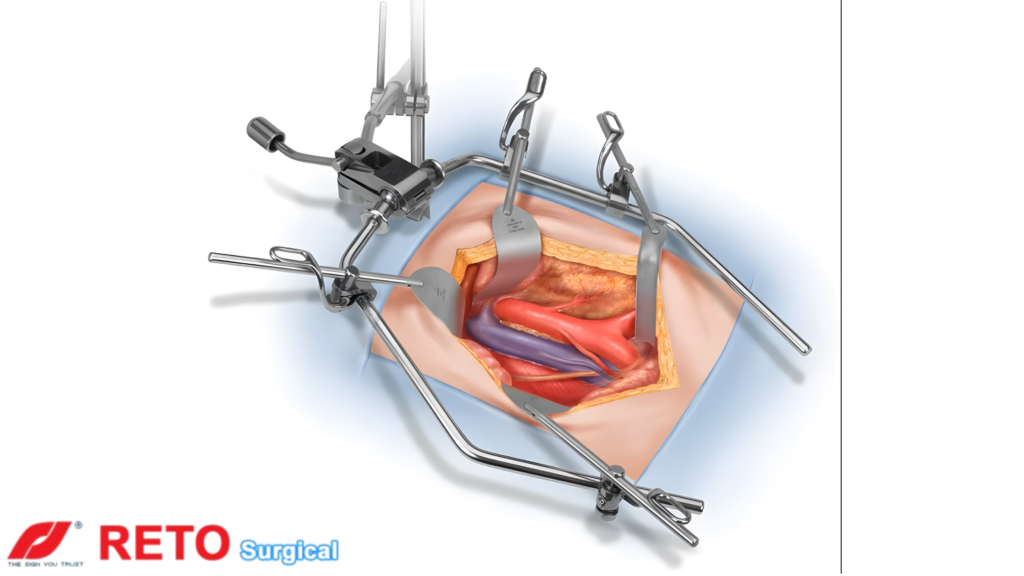
In order to keep an incision or wound open during surgery, doctors and operating room staff use surgical retractors. By helping to conceal underlying organs or tissues, they improve access and visibility for medical professionals working on the exposed area. The proper medical equipment and retractor Where necessary, the operating room will provide direct light and comfort.
As a patient, you want the greatest care, and as a doctor, your arms may be strained during a surgical rotation. In surgery, retractor use is essential. They now exist in a variety of shapes, sizes, and designs. Surgeons may be able to navigate in deep or hardly accessible cavities more easily with the help of surgical retractor lights. Both the patient and the surgical team benefit from improved visibility during and after the procedure. So, let’s discuss in detail
Different Types of Surgical Retractors
These Surgical Retractors are essential in many medical specialties and come in a wide variety of kinds that are suited to particular surgical needs. Thus, the various kinds of surgical retractor types are as follows:
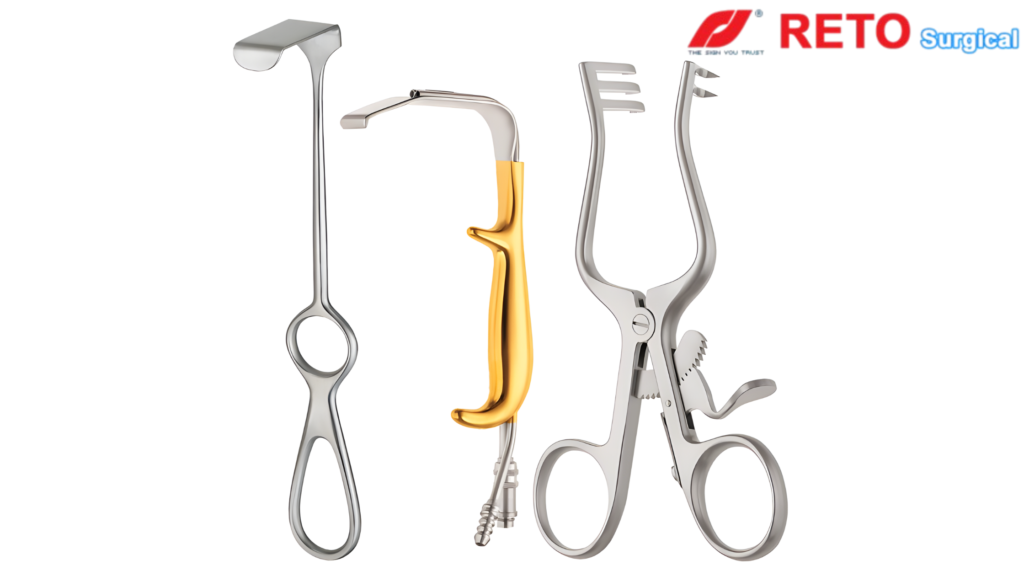
1. Deep Tissue Retractor
Deep tissue retractors are made especially for operations that call for the retraction of deep tissues or organs. In order to sufficiently expose the surgery site, these Surgical Retractors include long, narrow blades or prongs that can reach into deep anatomical regions. Farabeuf, Beckman-Weitlaner, and Army-Navy retractors are a few types of deep tissue retractors that are frequently used in cardiology, neurosurgery, and orthopedic surgeries.
2. Self-Retaining Retractor
In order to free up the surgical team’s hands, self-fixating Surgical Retractors are made to self-fix tissue after placement. The hooks are simply inserted into the tissue, with the tension adjusted as necessary, after the retraction loop has been placed around the surgical site. The shrink ring distributes the force evenly for optimal shrinkage. While the retractor is still in place, a continuous tension is maintained by suturing the tissue.
3. Ribbon (Malleable) Retractor
These Surgical Retractors tools are used to retract severe wounds. Interestingly, these retractors can be bent into different shapes to hold the wound in place. Additionally, because of its flexibility, surgeons can mold and shape the retractor to meet the unique requirements of the operative area. When a more specialized and flexible approach to tissue retraction is required, surgeons frequently use this retractor.
4. Hip Retractor System
Hip retractor surgery is one of the most popular special surgical techniques. In addition to offering a clear vision and superior exposure during hip fracture surgery and hip arthroplasty, these self-retaining hip retractors are highly effective. Furthermore, this method benefits employees, which results in liberation. In these kinds of procedures.
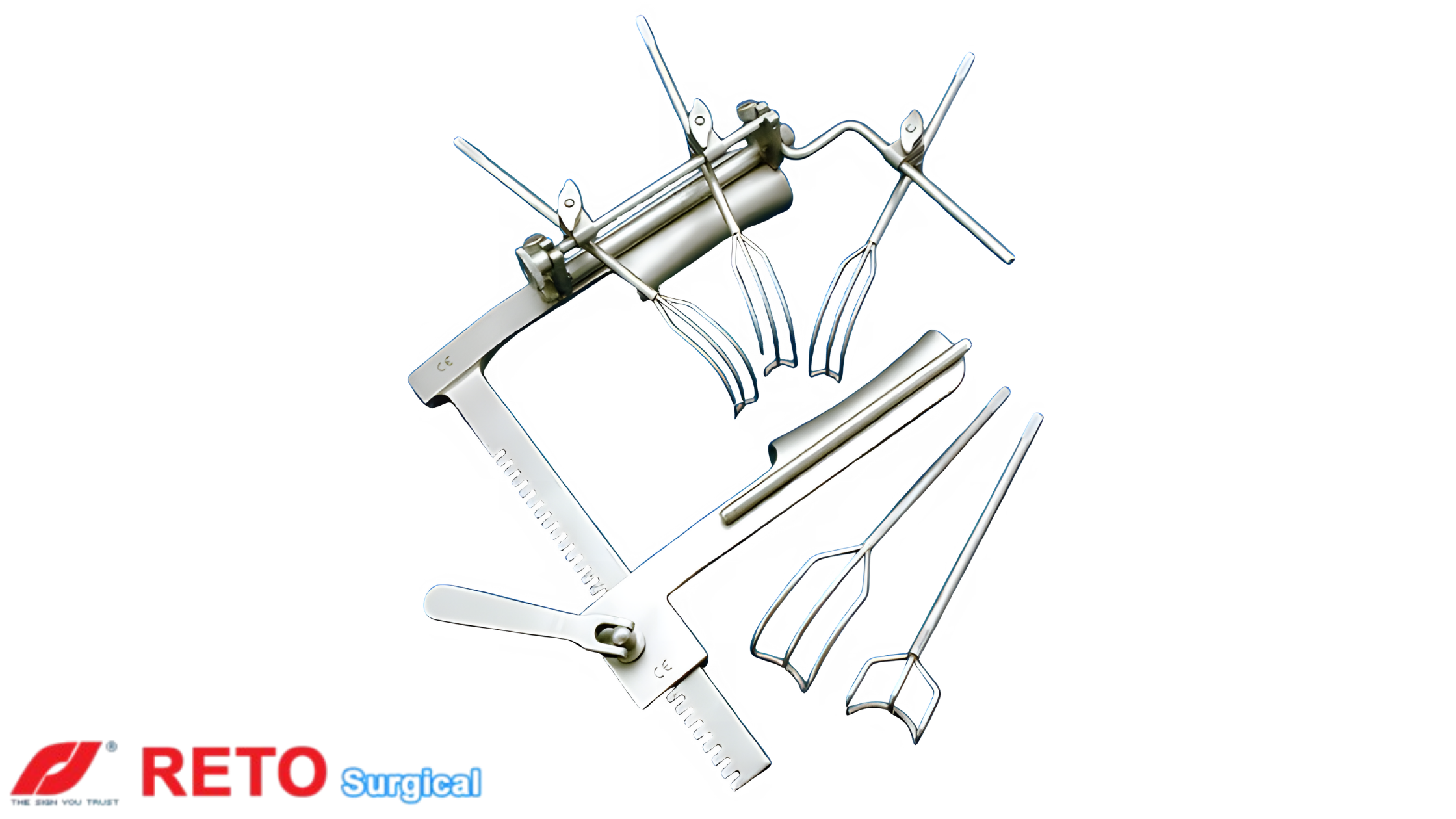
Functions of Surgical Retractors
The primary functions of retractors include:
- Exposure: Retractors assist surgeons to see and reach the surgery site with clarity by holding back tissues or organs.
- Protection: Retractors prevent unintentional damage to fragile structures by holding tissues apart.
- Stabilisation: Self-retaining Surgical Retractors eliminate the need for constant manual holding while maintaining uniform exposure.
- Hemostasis Assistance: Sometimes retractor can help reduce bleeding by applying pressure or by keeping vessels away from the operative field.
Tips for Selecting the Best Surgical Retractors
Numerous criteria, such as the type of surgery, the anatomical site, the size and depth of the incision, and the surgeon’s preference, influence the choice of retractor used. Below are important things to think about:
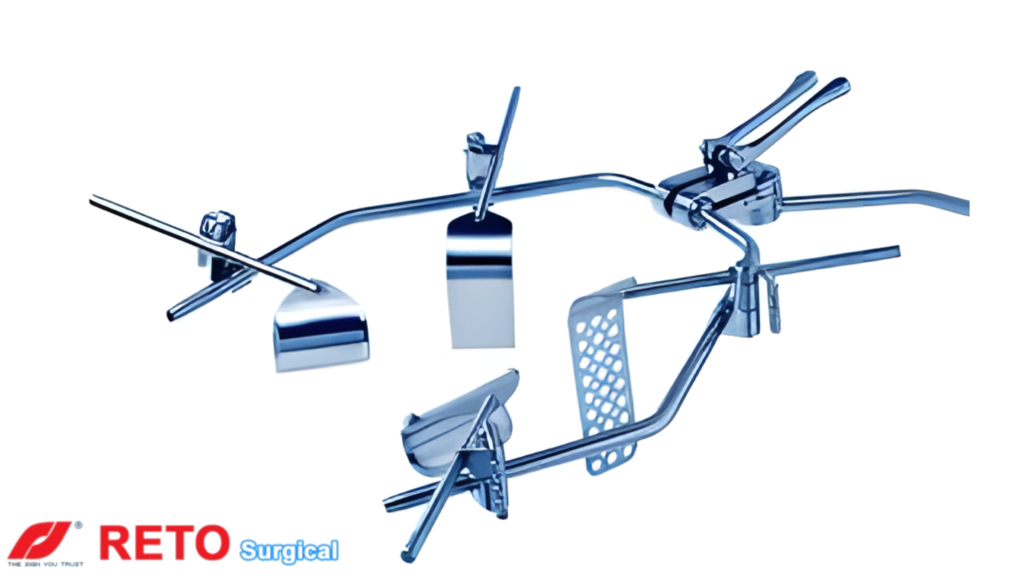
Size and Depth of the Surgical Area
Longer blades and self-retaining qualities are necessary for Surgical Retractors in deep surgical areas in order to sustain exposure without fatigue. Handheld retractors that provide precision, sensitive tissue handling are usually the most effective for shallow or small incisions.
Surgeon Preference and Experience
A surgeon’s training and experience often influence their personal preferences. Efficiency and safety during surgery are increased when one is familiar with a particular retractor.
Patient Factors
The choice of Surgical Retractors can be influenced by the anatomy of the patient, including body habitus and the existence of inflammation or scar tissue. For patients with deep operation fields or obesity, longer, stronger retractors are better.
Tissue Type
Retraction affects different tissues in different ways. In order to prevent damage, delicate organs need atraumatic retractors, while muscles and dense connective tissues may need blunt retractors with a strong grasp.
Conclusion
In order to maintain and expose tissues while improving functioning precision, retractor tools are essential in surgery. To maximize surgical results, it is essential to comprehend the various retractors, their purposes, and the selection criteria. With the right selection, cautious application, and familiarity with these tools, surgical teams may carry out safer, more effective procedures that are customized to the particular anatomy and surgical requirements of each patient.
FAQ’s
Q1. What are the most beneficial retractors for thoracic surgery?
Specialised retractors that can withstand pressures and provide consistent, minimal-contact exposure are often needed for thoracic procedures, such as the popular Finochietto retractor.
Q2. What is the function of a retractor?
A retractor is a surgical tool that is used to separate the margins of a wound or incision, or to hold away specific organs and tissues (i.e., tissue retraction) so that during surgery, body parts underneath can be accessible.
Q3. How are retractors used in surgery?
Retractors are used to hold an incision or wound open while a surgeon works. The retractor could also be used to hold tissues or organs out of the way during a surgery. Self-retaining retractors allow hands free operation during a surgery.
Q4. Which retractor is self-retaining?
A Weitlaner Retractor is a self-retaining, handheld surgical instrument used to hold soft tissues apart during surgical procedures to give the surgeon access to the site. The retractor is self-retaining, meaning it remains in place once it is positioned, freeing your hands.
Q5. Can improper use of Surgical Retractors cause complications?
Yes, Nerve injury, tissue ischemia, and surgical consequences such tissue necrosis or scarring might result from severe or protracted retraction. In order to prevent such problems, proper technique and periodic release are essential.

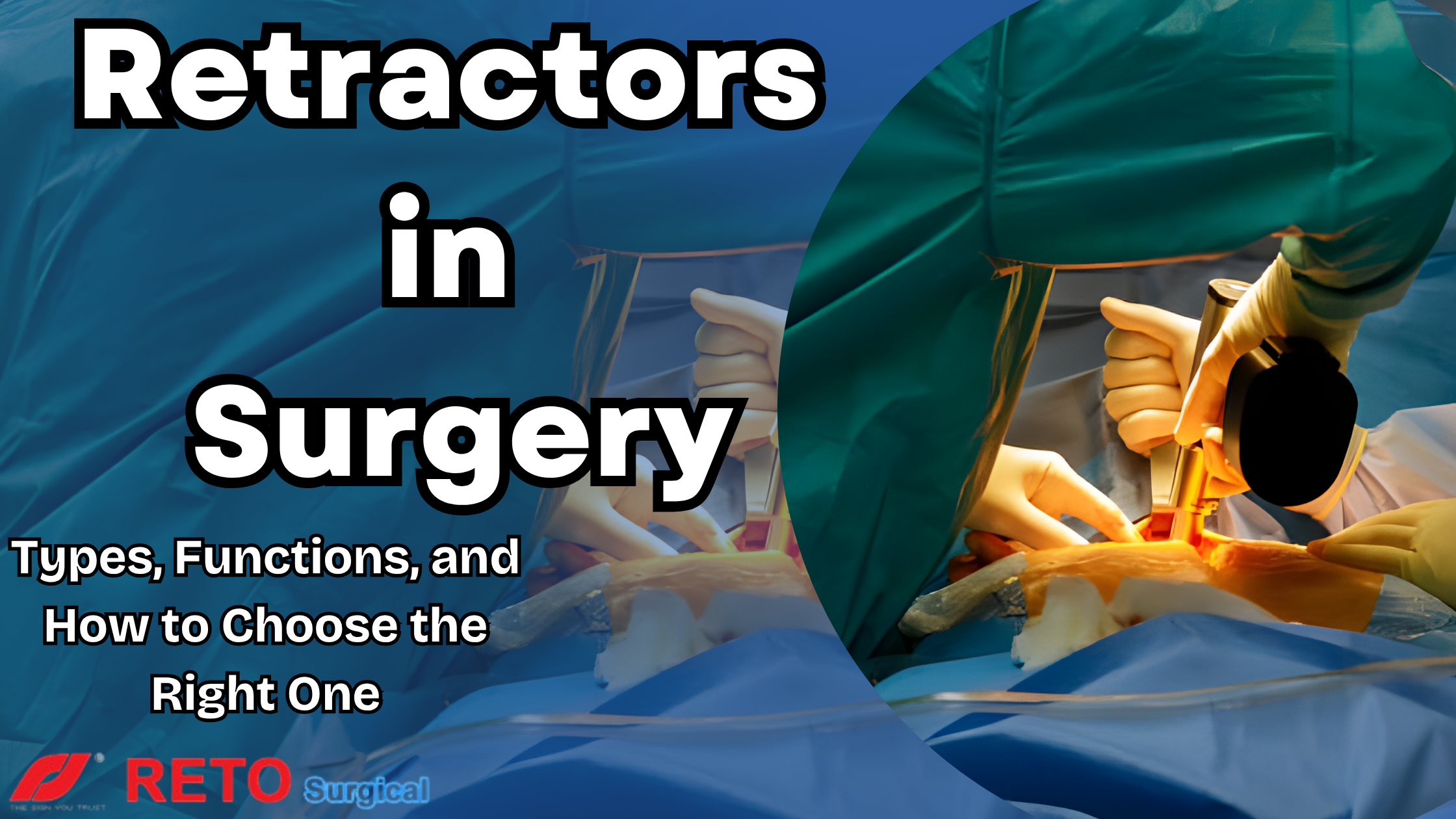
One thought on “Everything You Need to Know About Surgical Retractors”
Pingback: All About the Top 10 Must-Have Dental Surgery Instruments - Retosurgical